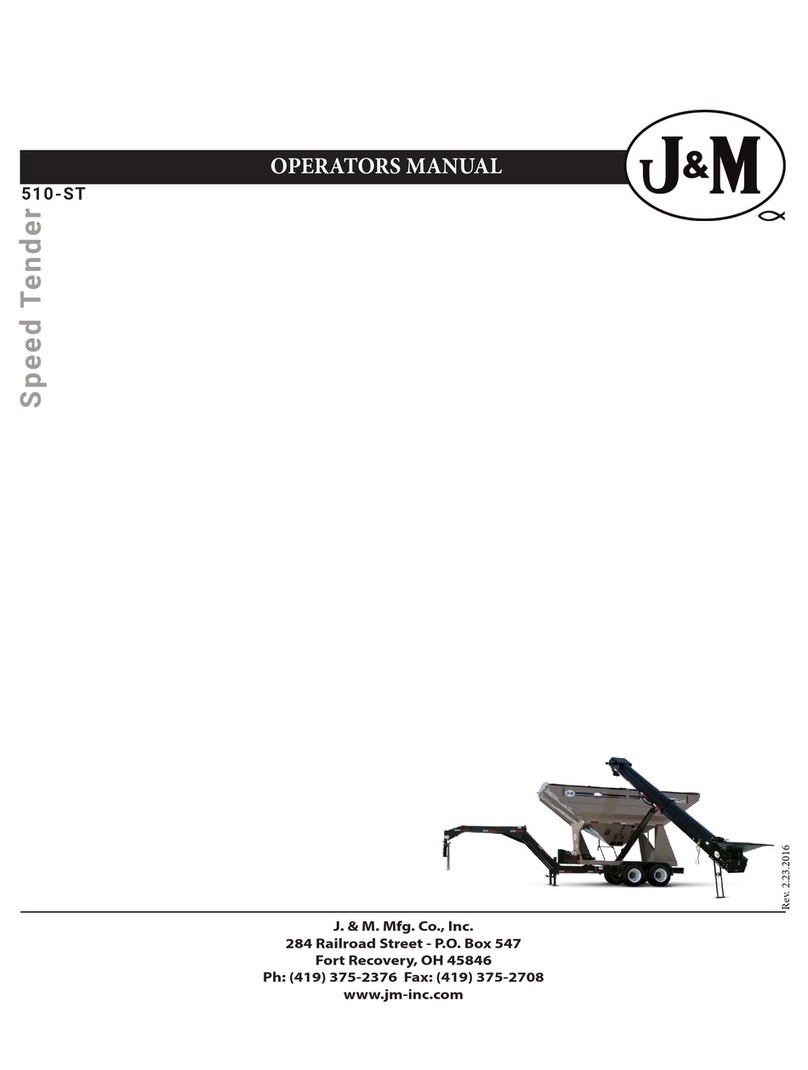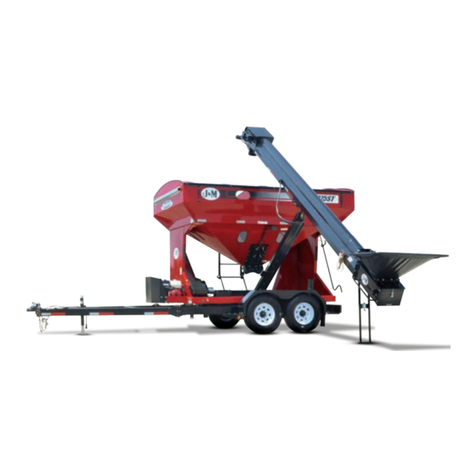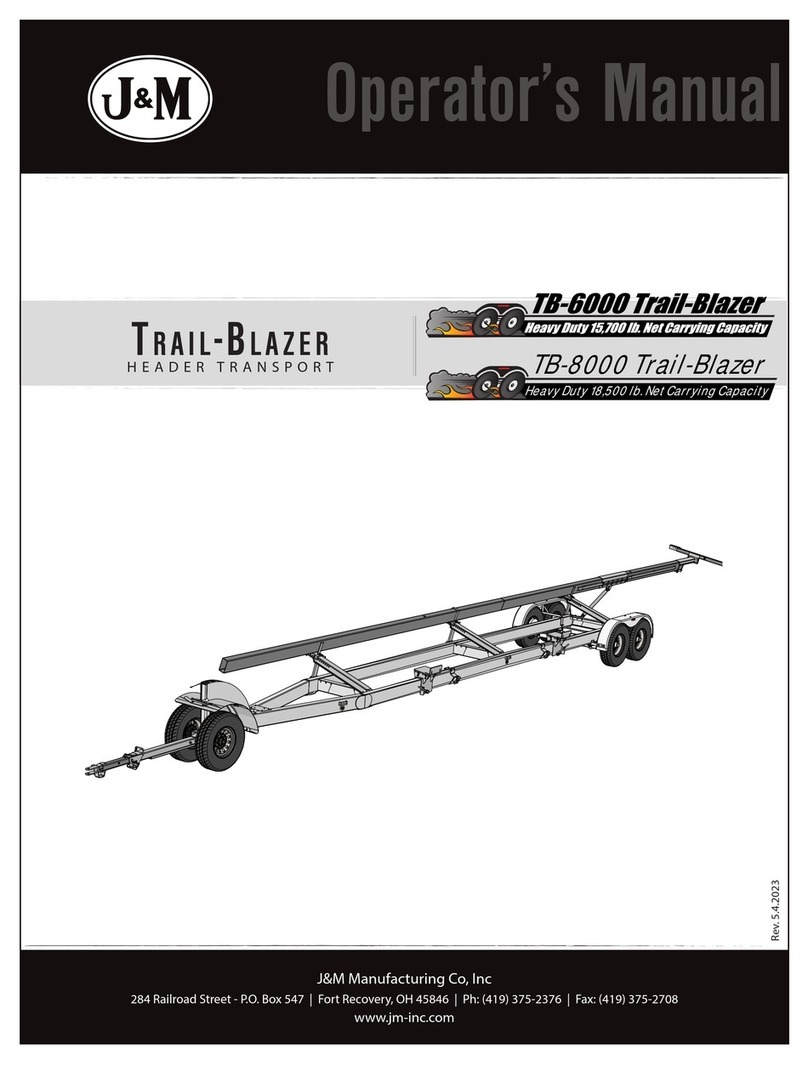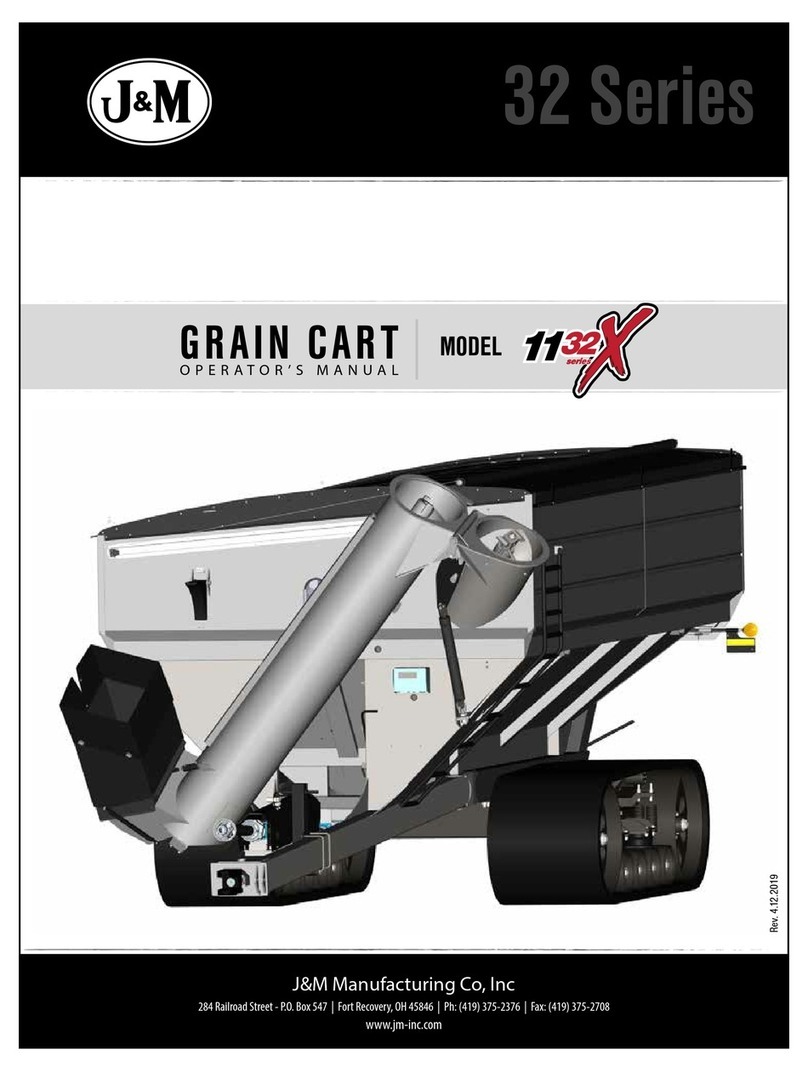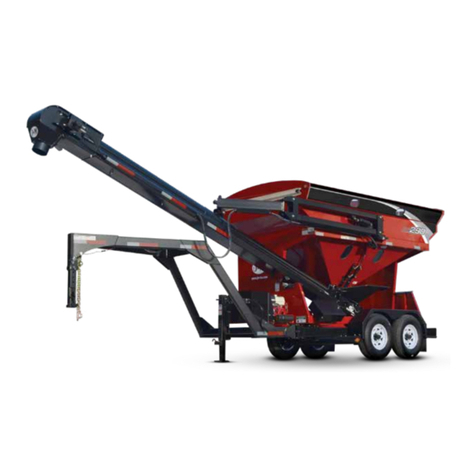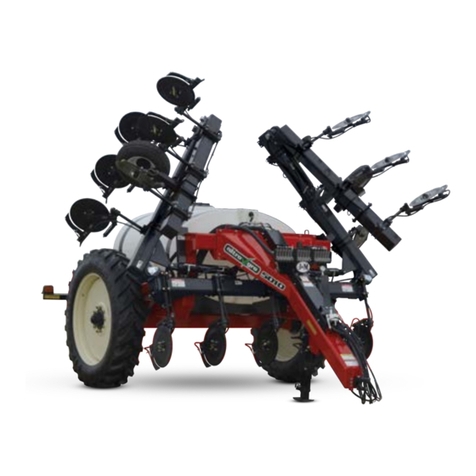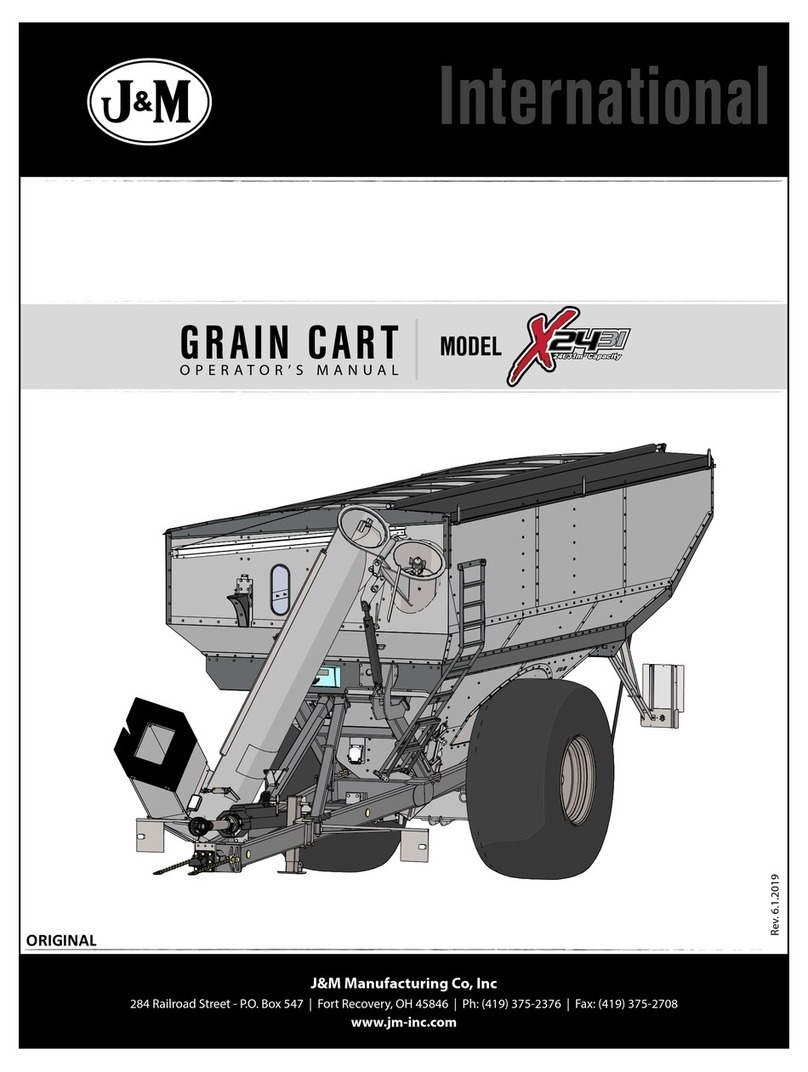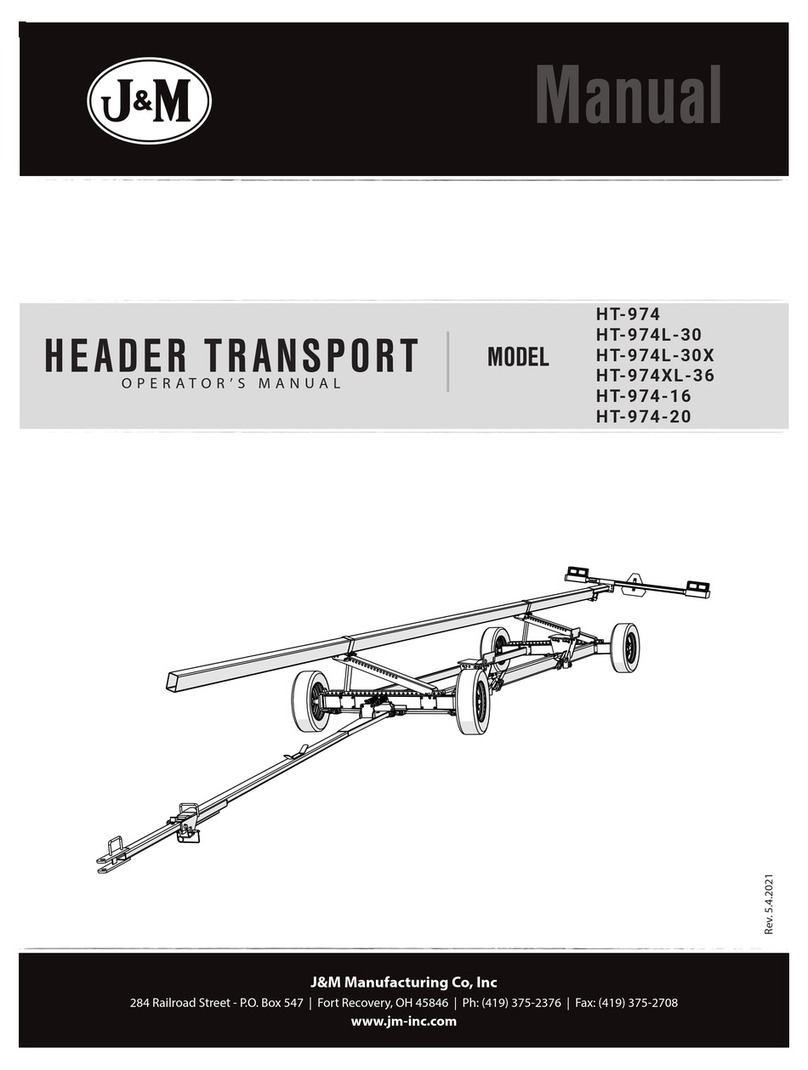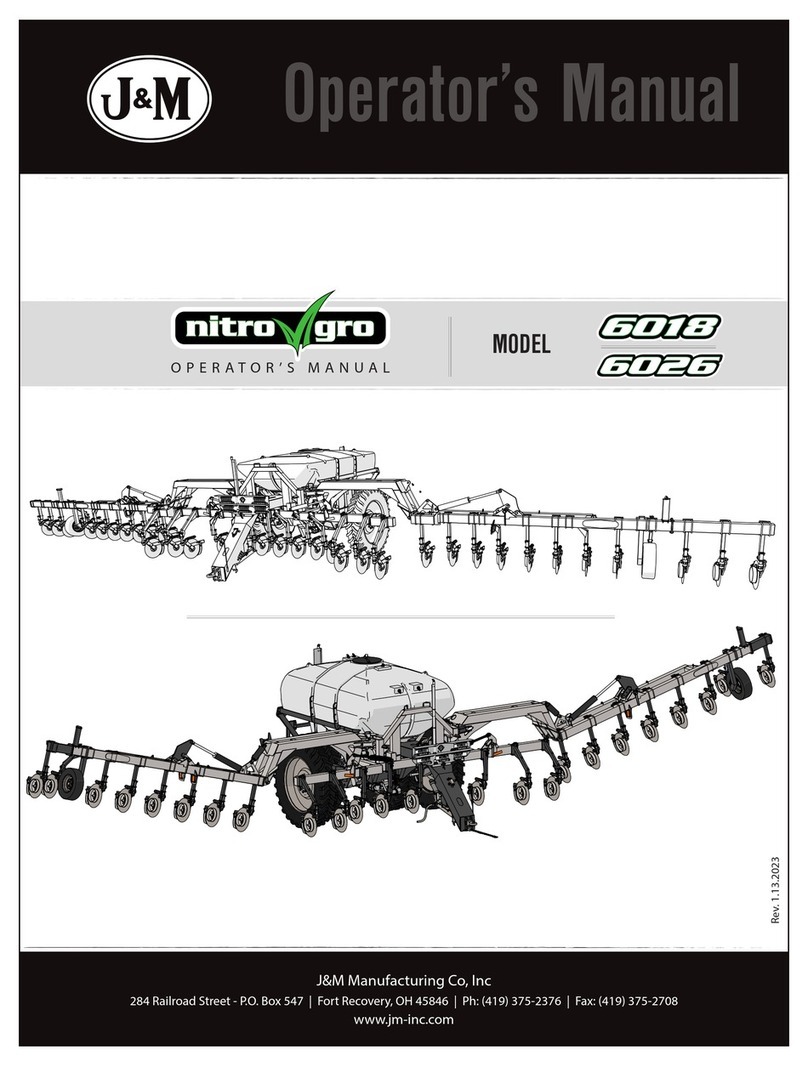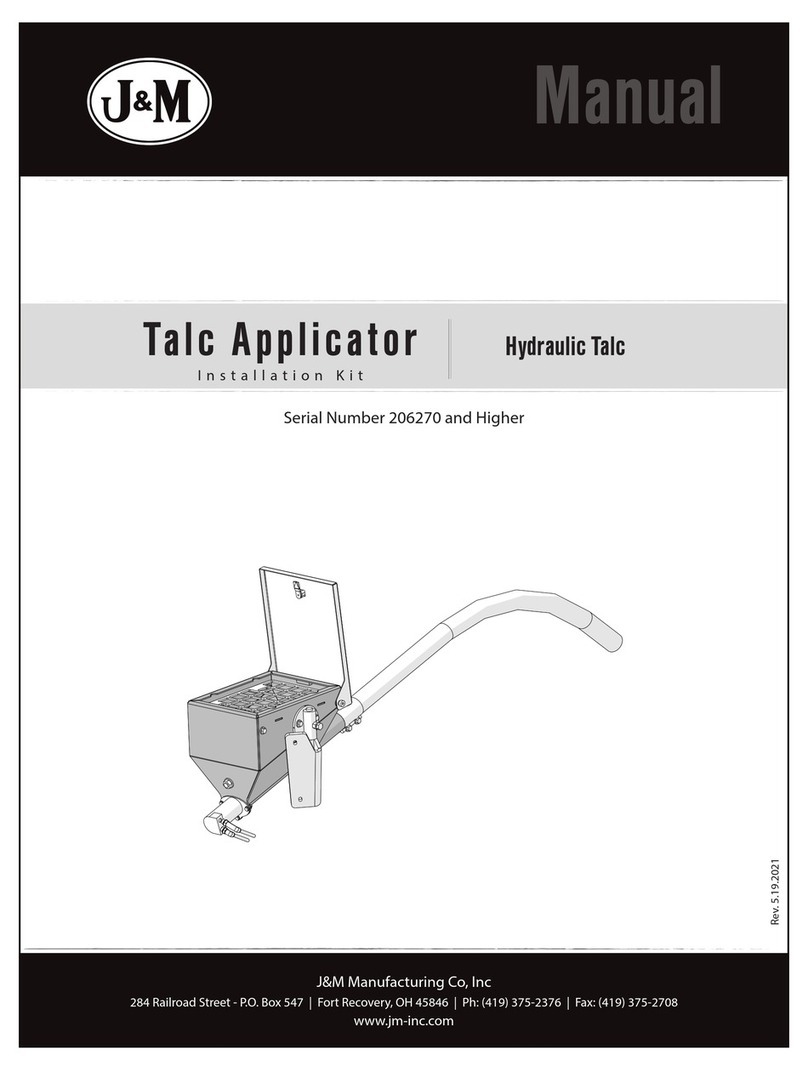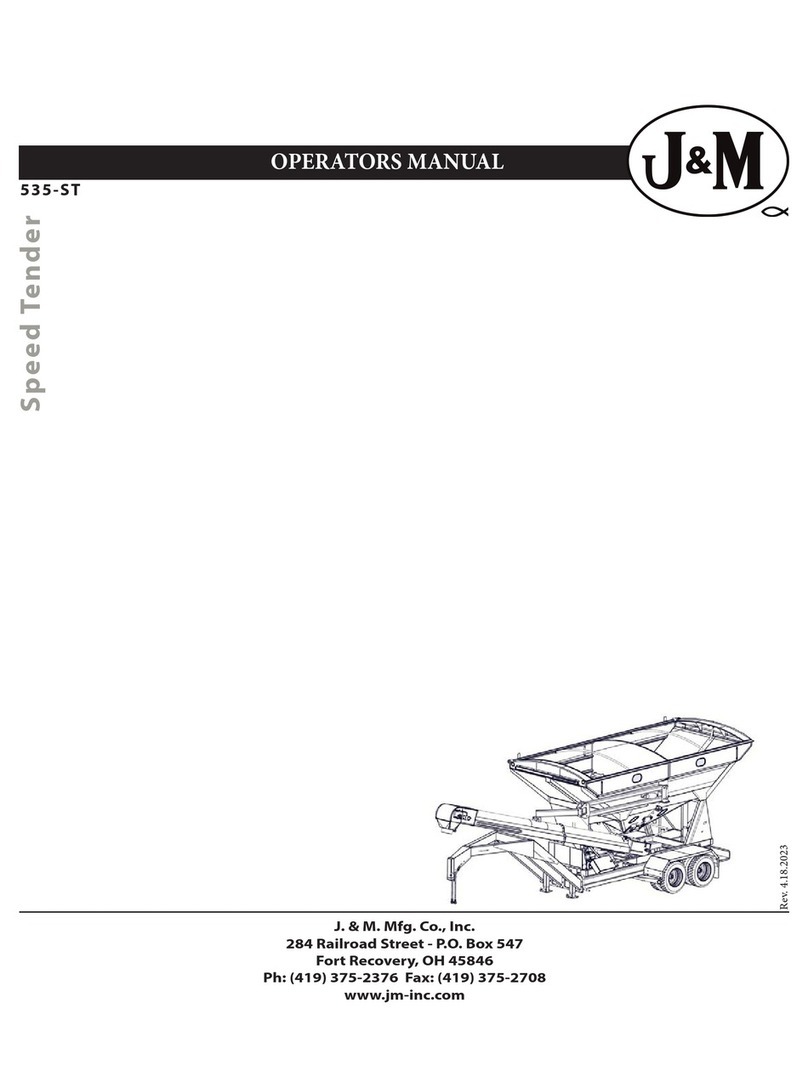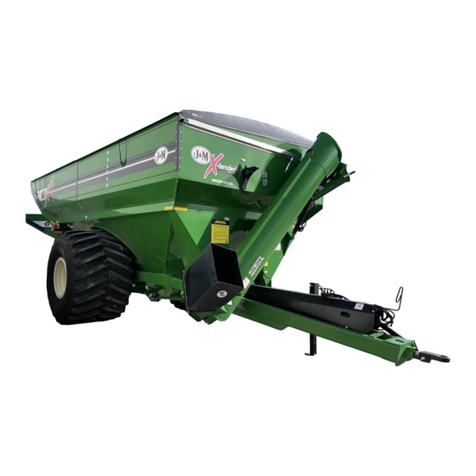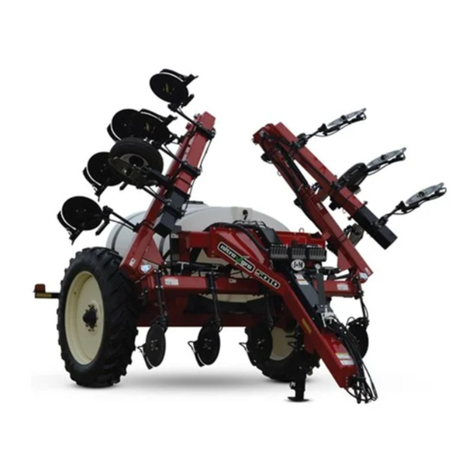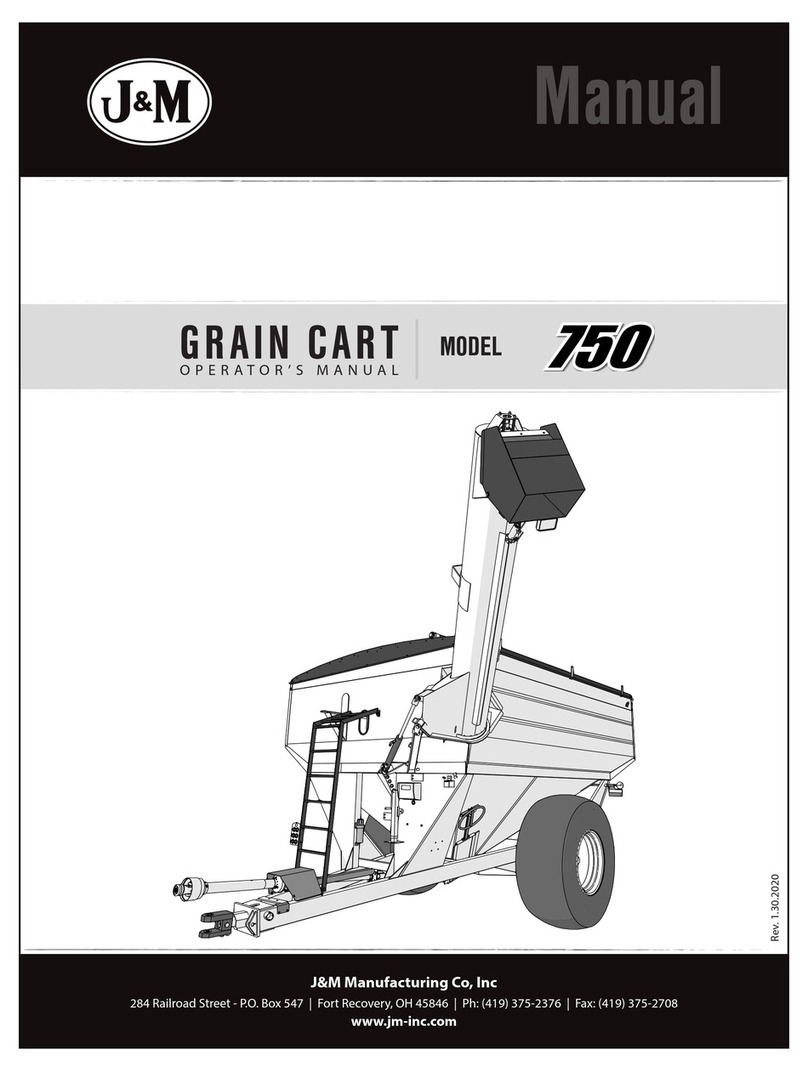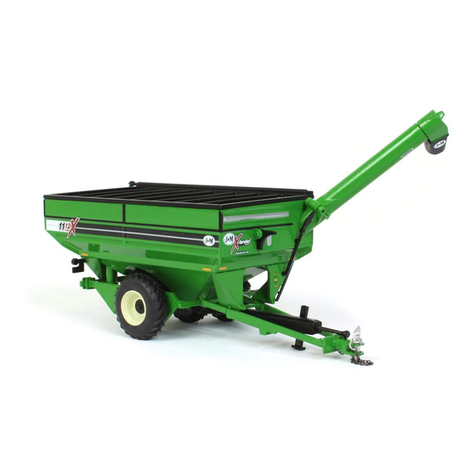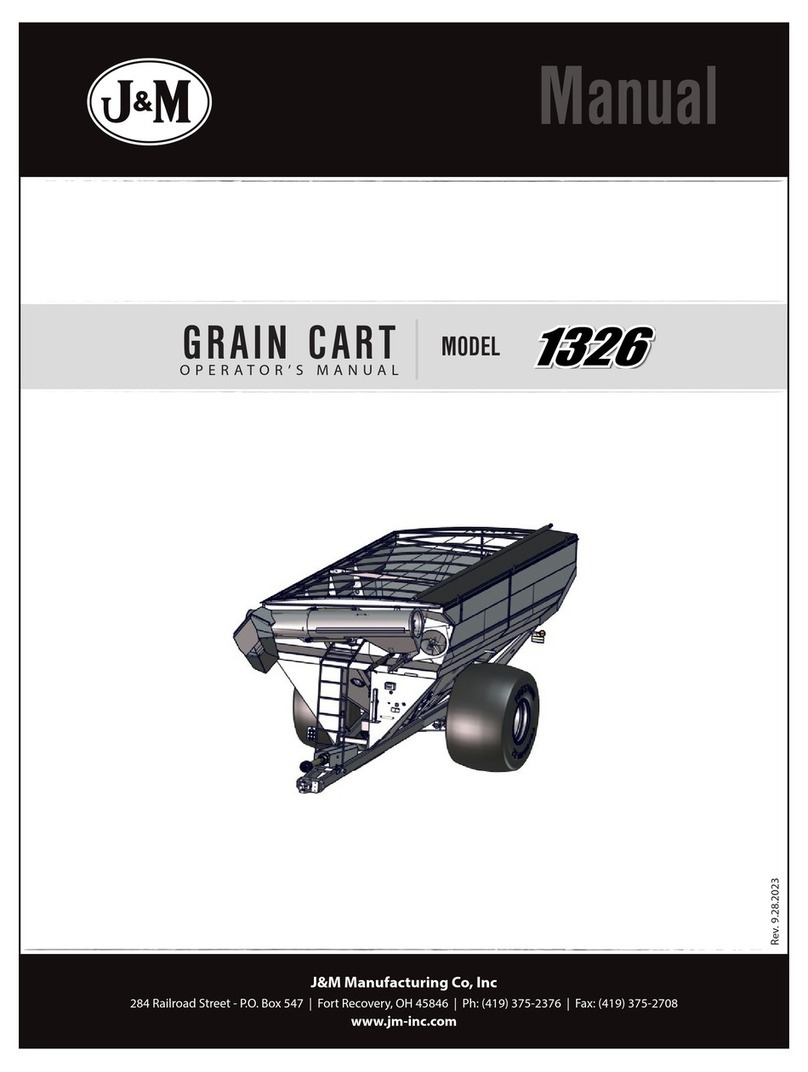
Table of Contents
GENERAL INFORMATION
To the dealer......................................................................................................................................................1
Express warranty...............................................................................................................................................1
Service ..............................................................................................................................................................2
To the owner......................................................................................................................................................3
Safety Ruler.......................................................................................................................................................3
1.0 OPERATIONS
1.1 Preparing the Towing Vehicle.....................................................................................................................5
1.2 Preparing Speed Tender..............................................................................................................................5
Hydraulics............................................................................................................................................5
Lubrication...........................................................................................................................................5
Tires/Wheels........................................................................................................................................5
1.3 Connection Speed Tender to Towing Vehicle.............................................................................................5
1.4 Transporting................................................................................................................................................6
1.5 Hydraulic Power Unit Operations...............................................................................................................6
1.6 Field operation.............................................................................................................................................8
1.7 Filling Speed Tender from Another Wagon or Bulk Container .................................................................10
1.8 Cleaning out Collapsible Hopper and Conveyor/Auger.............................................................................11
1.9 Adjusting the Tarp Tension in Hanger Bracket...........................................................................................13
1.10 Basic scale operation.................................................................................................................................13
2.0 SERVICE
2.1 Grease Conveyor/Auger Bearings...............................................................................................................14
2.2 Grease Boom Arm.......................................................................................................................................14
2.3 Tire pressure ...............................................................................................................................................15
2.4 Tightening Lugnuts ...................................................................................................................................15
2.5 Wheel bearings...........................................................................................................................................16
Bearing inspection and service............................................................................................................16
Bearing cup replacements....................................................................................................................16
2.6 Hydraulic Power Unit.................................................................................................................................17
Daily (every 5 hours of use).................................................................................................................17
Once per season (every 20-25 hours of use)........................................................................................17
Every two to three years (every 78-80 hours of use)...........................................................................17
Replacing hydraulic parts....................................................................................................................17
Purge air form system as follows.........................................................................................................17
2.7 Conveyor Belt Tracking..............................................................................................................................17
Checking the belt tracking at collapsible hopper end..........................................................................17
Checking the belt tracking at discharge end........................................................................................17
2.8 Adjusting Conveyor Belt Tracking ............................................................................................................18
2.9 Belt Tensioning ..........................................................................................................................................19
2.10 Electric Brakes..........................................................................................................................................19
How to use your electric brakes properly............................................................................................19
To synchronize ...................................................................................................................................19
How to adjust electric brakes...............................................................................................................20
When to adjust brakes..........................................................................................................................20
Brake cleaning and inspection.............................................................................................................20
Brake shoe and lining inspection.........................................................................................................20
Replacing brake lining ......................................................................................................................21
Brake lubrication.................................................................................................................................21
Troubleshooting...................................................................................................................................21
How to measure voltage......................................................................................................................21
Brake magnet inspection......................................................................................................................21
How to measure amperage...................................................................................................................22
Replacing brake magnet.......................................................................................................................22
Brake drum inspection..........................................................................................................................23
1
1
2
3
3
5
5
5
5
5
5
6
6
8
10
11
13
13
14
14
15
15
16
16
16
17
17
17
17
17
17
17
17
17
18
19
19
19
19
20
20
20
20
21
21
21
21
21
22
22
23






